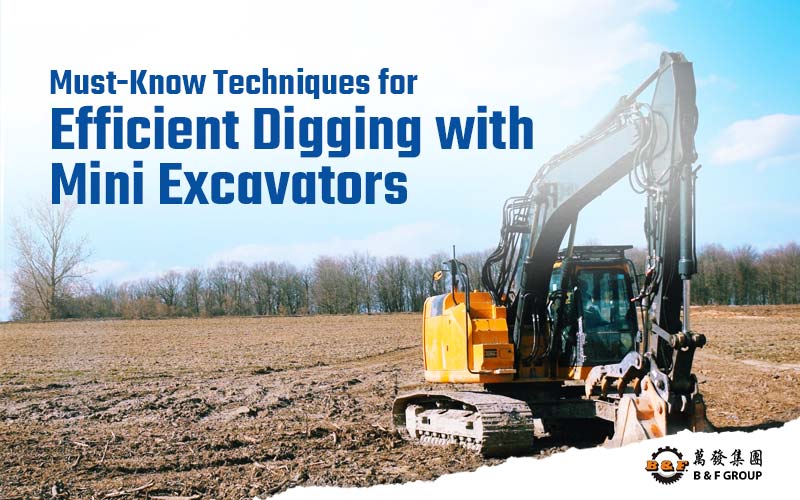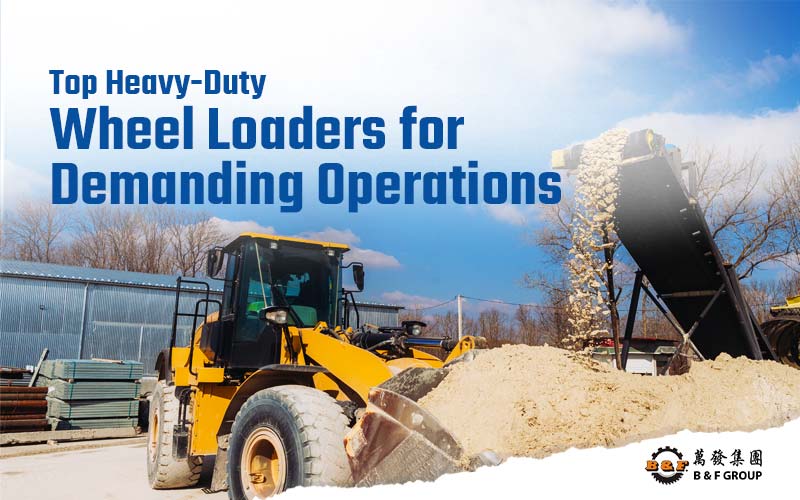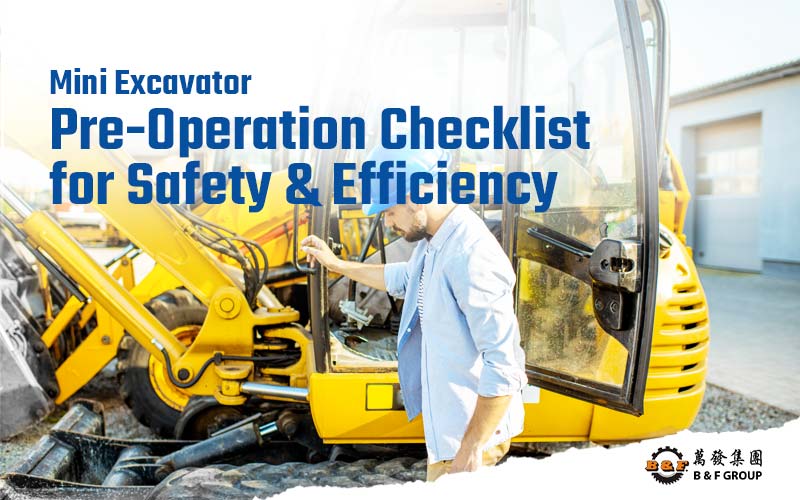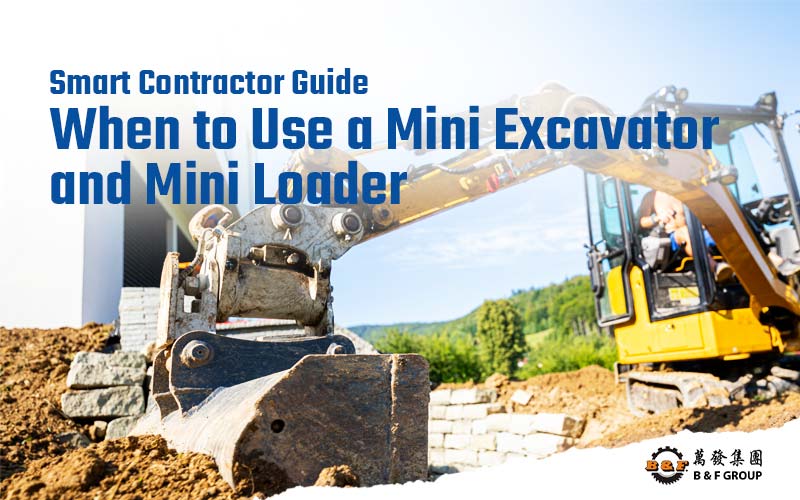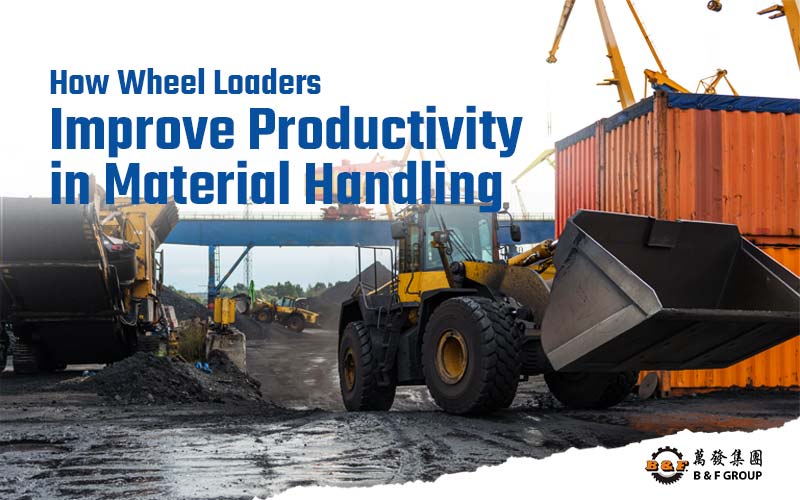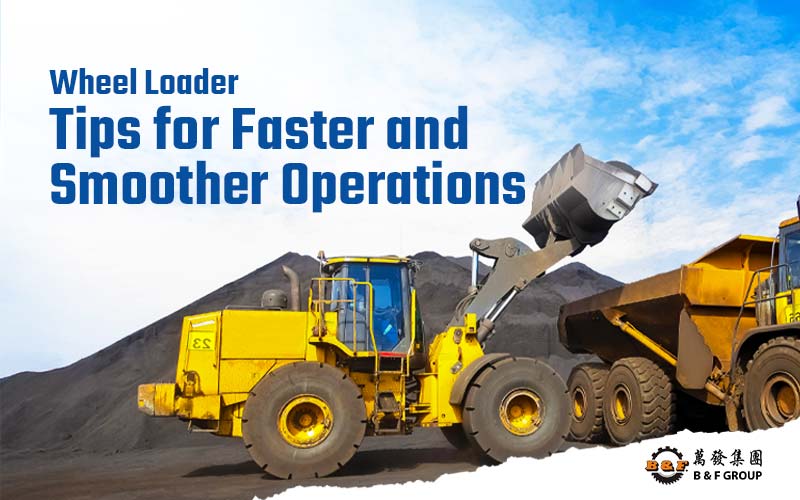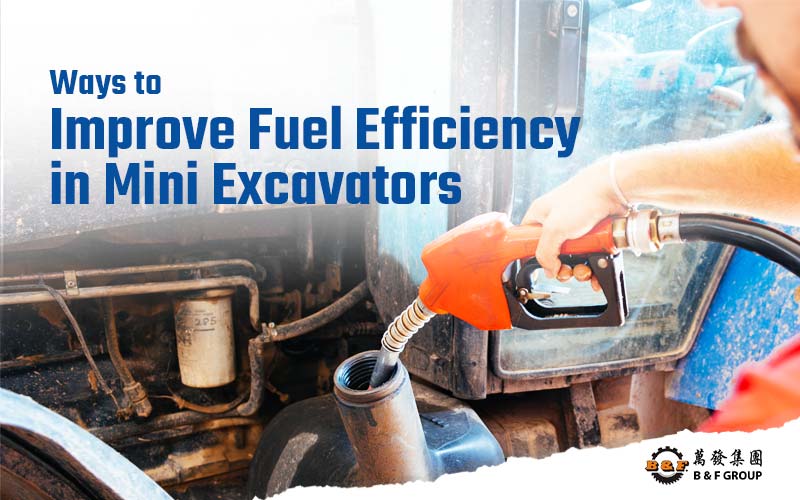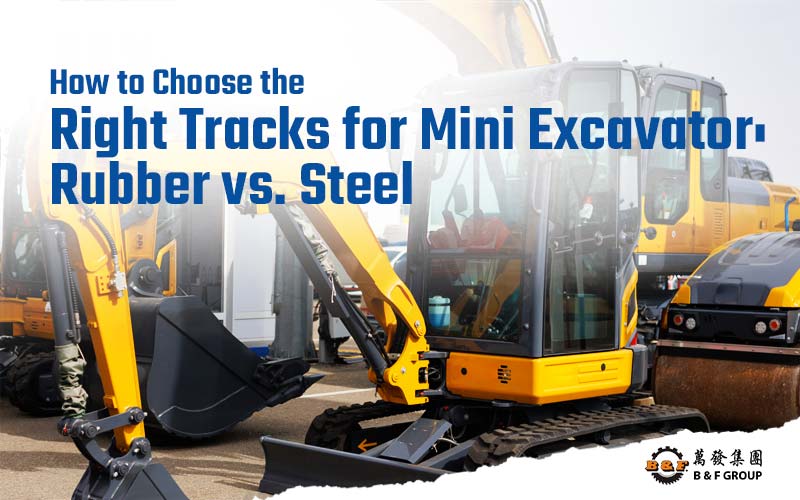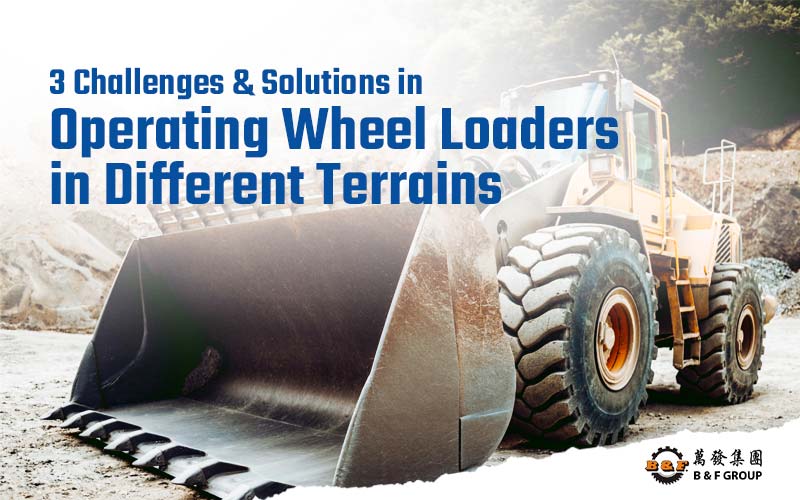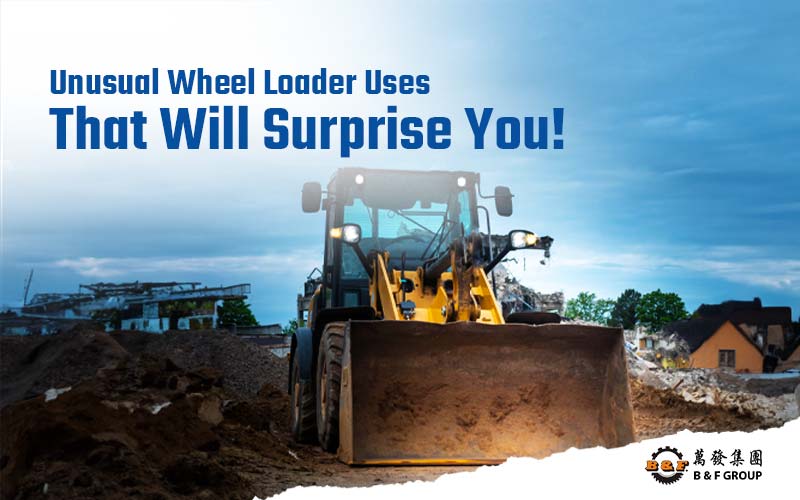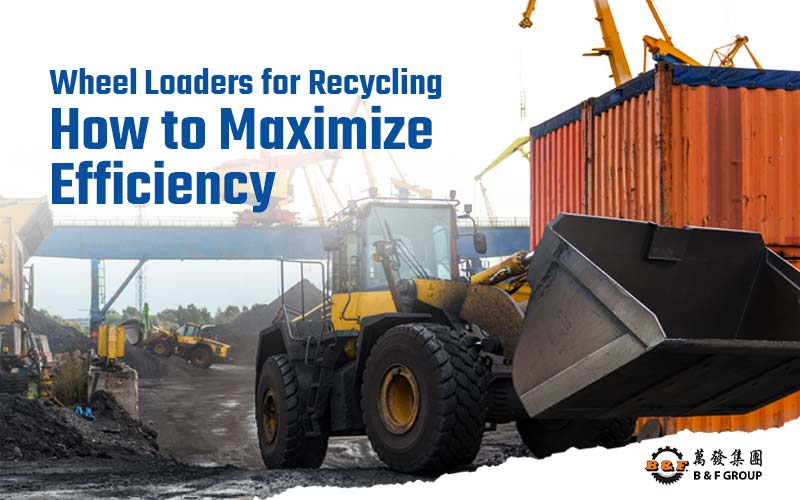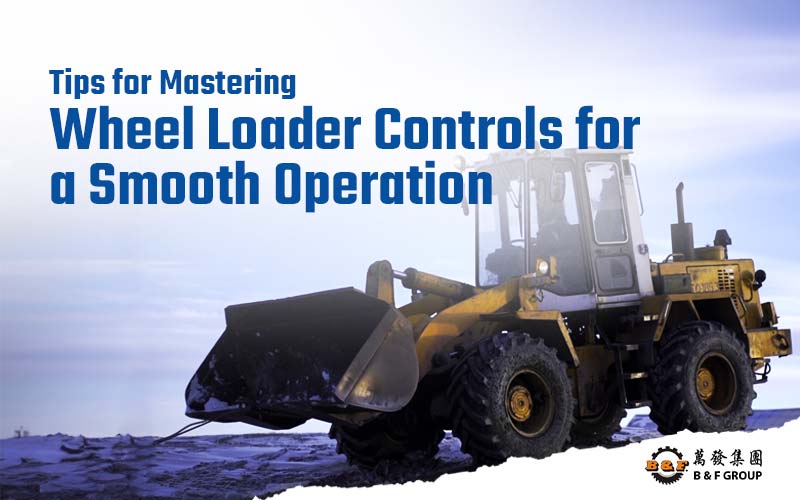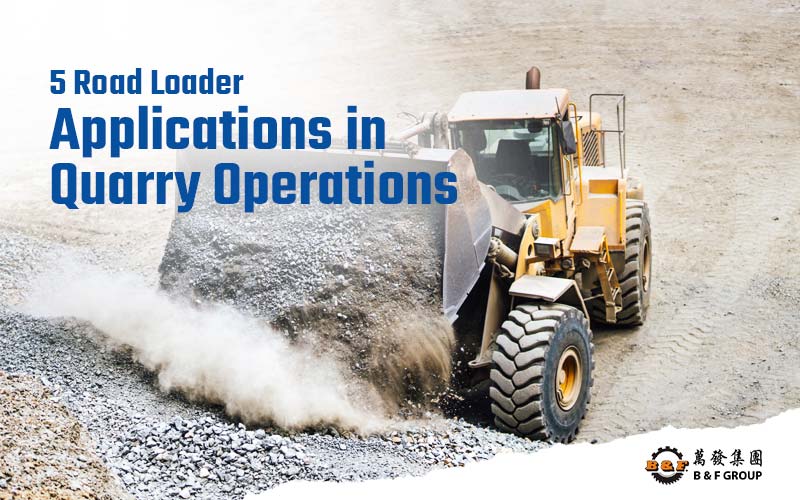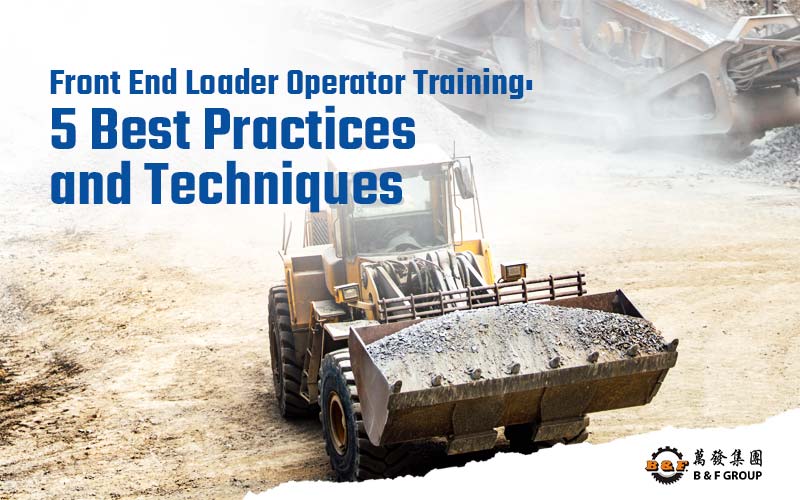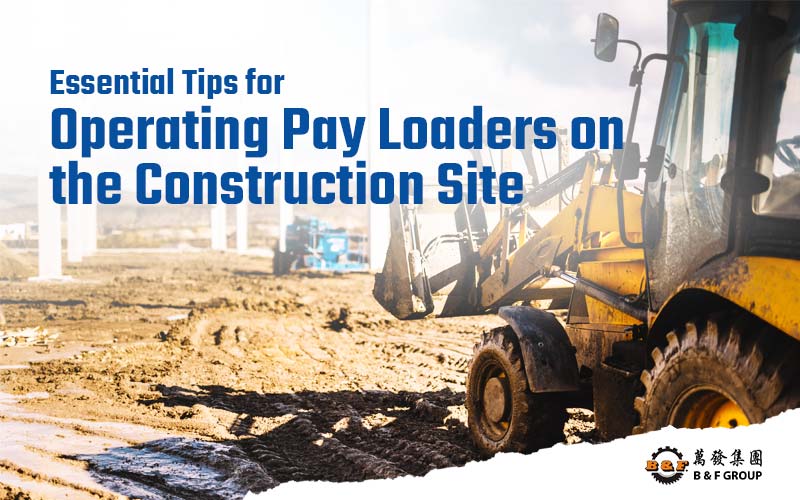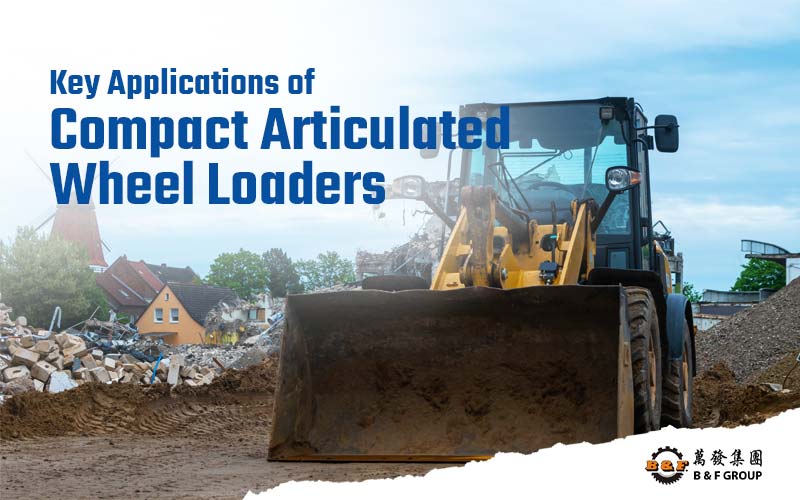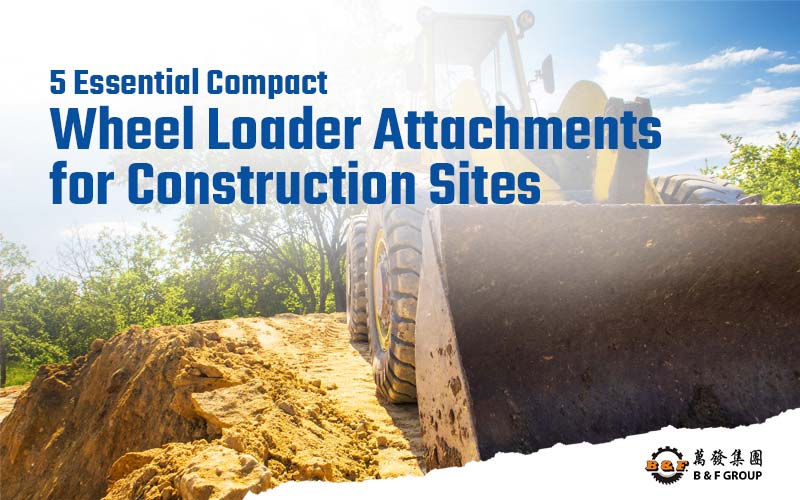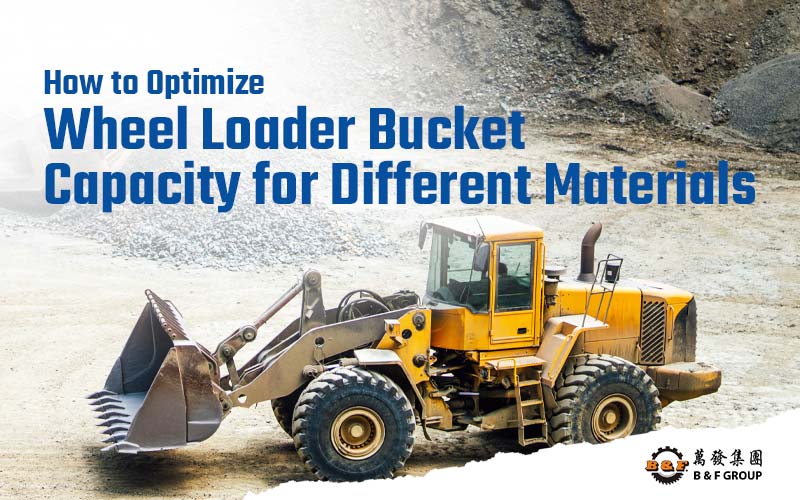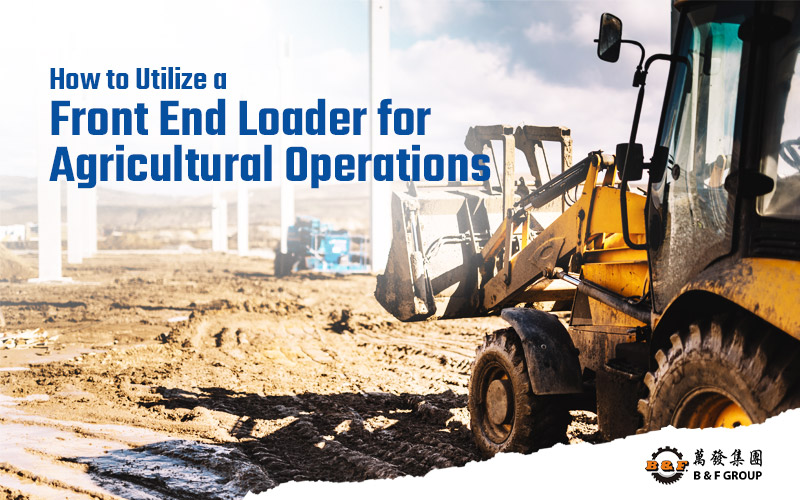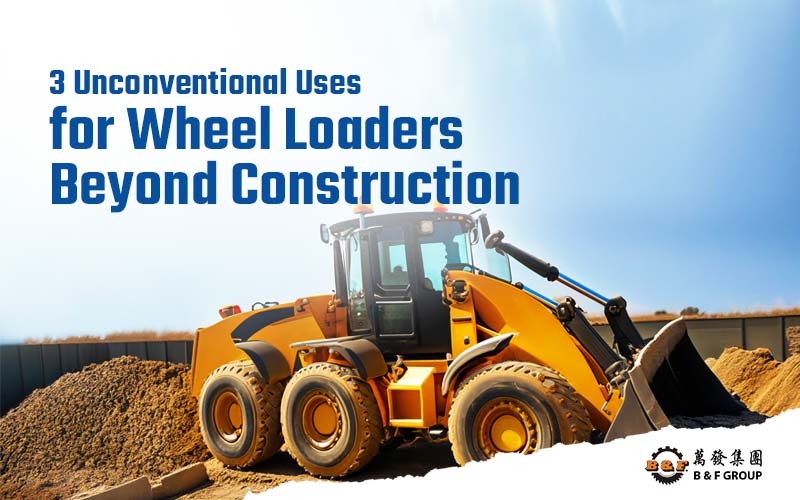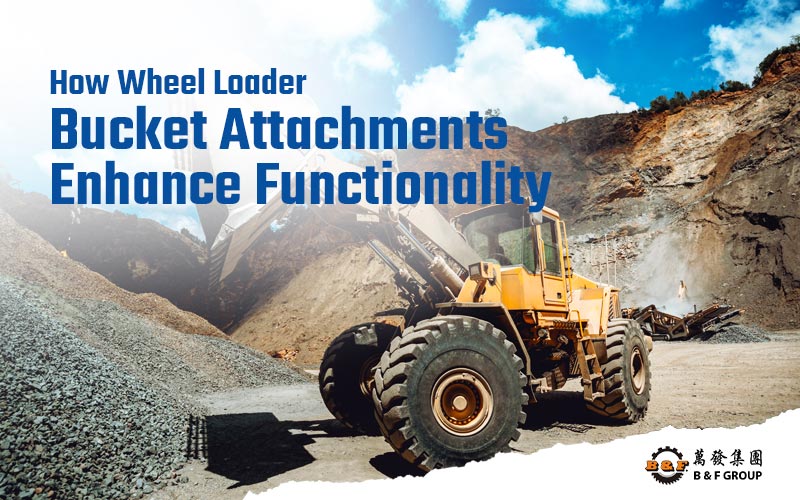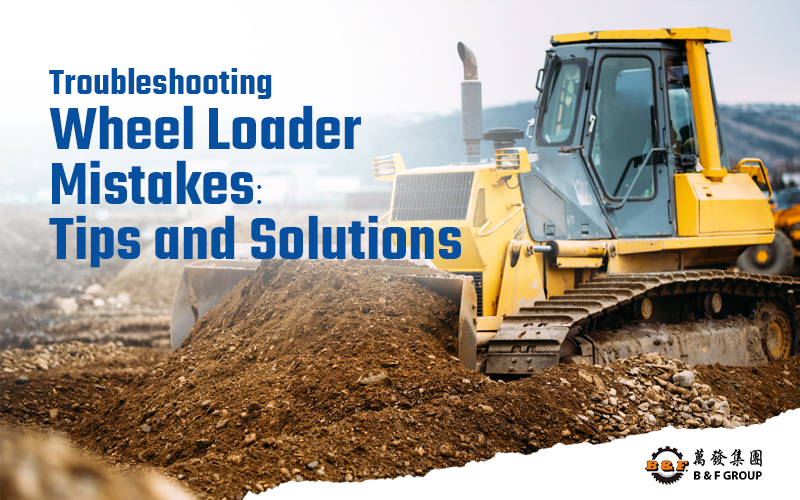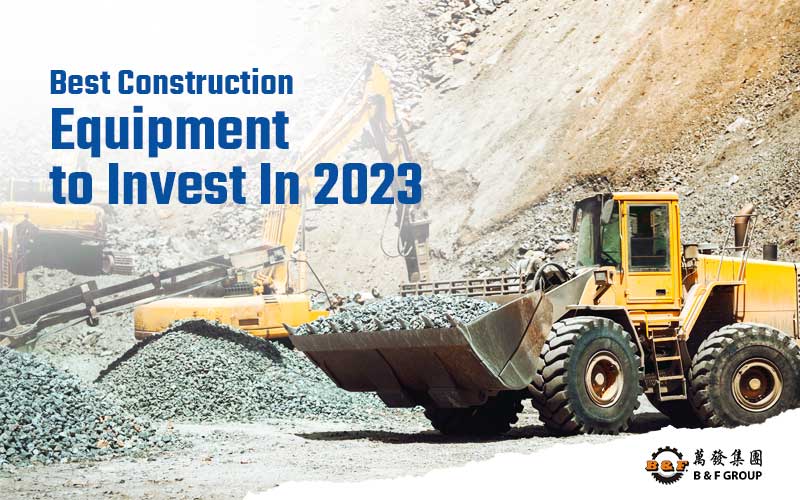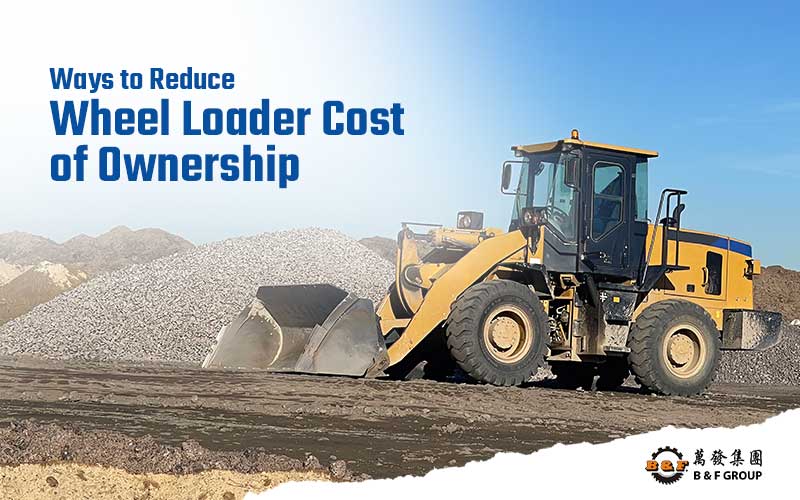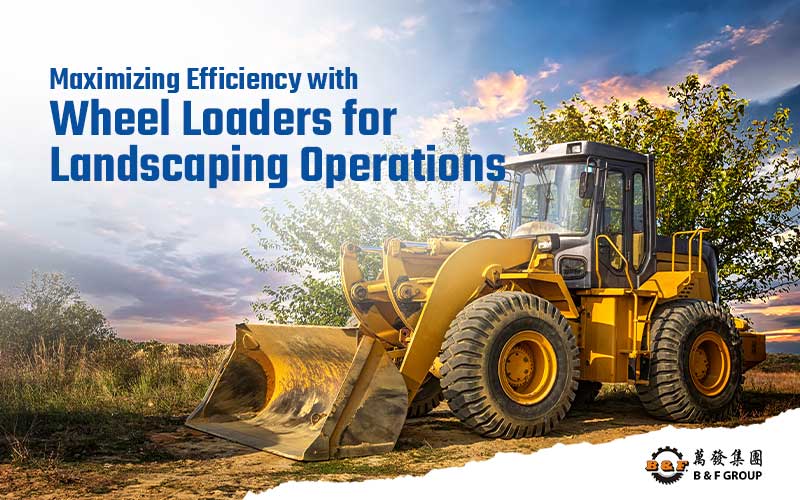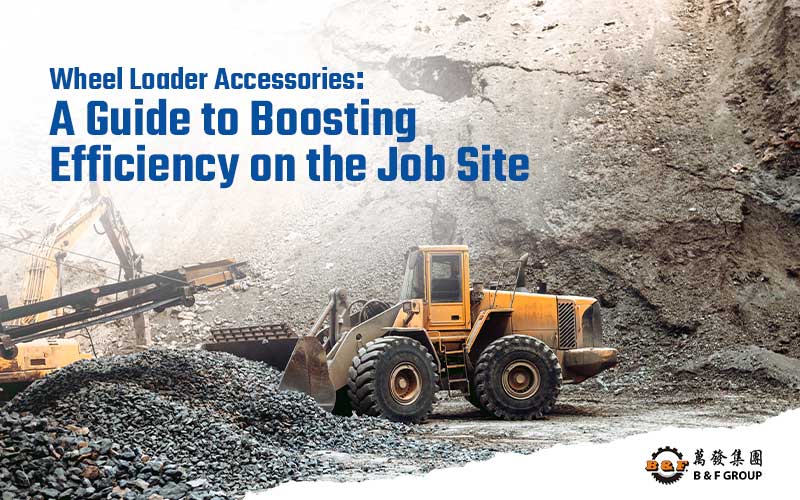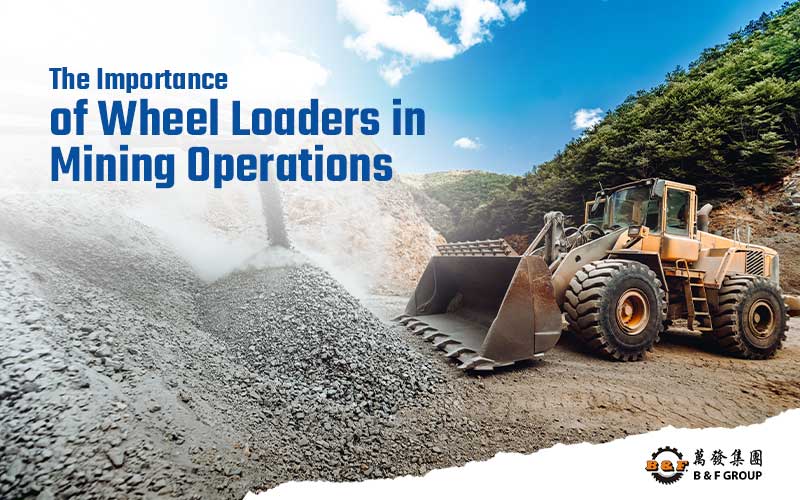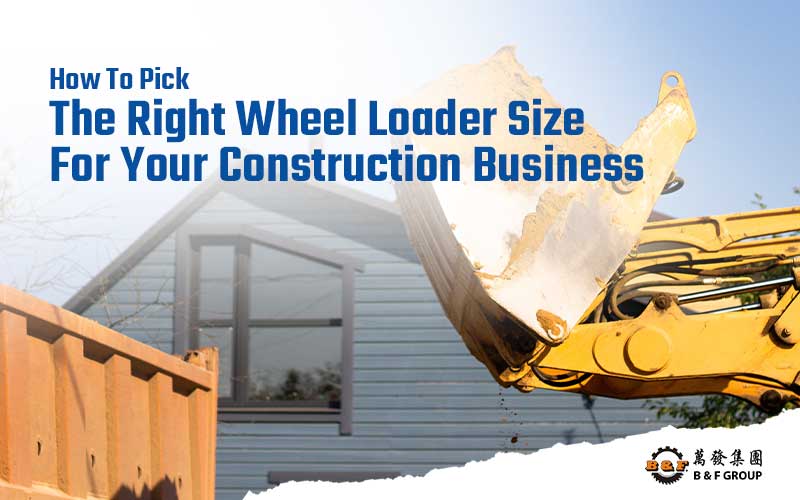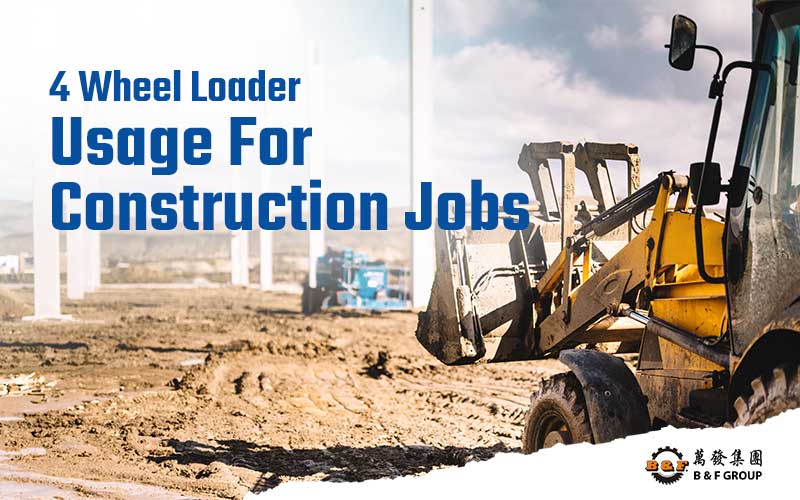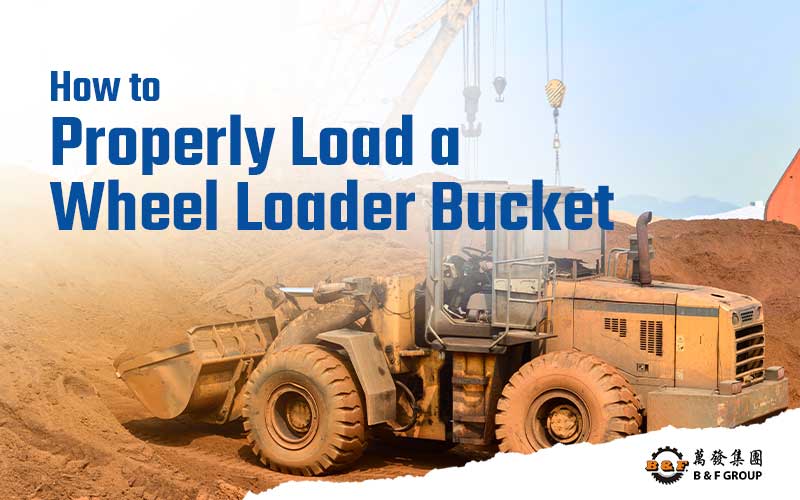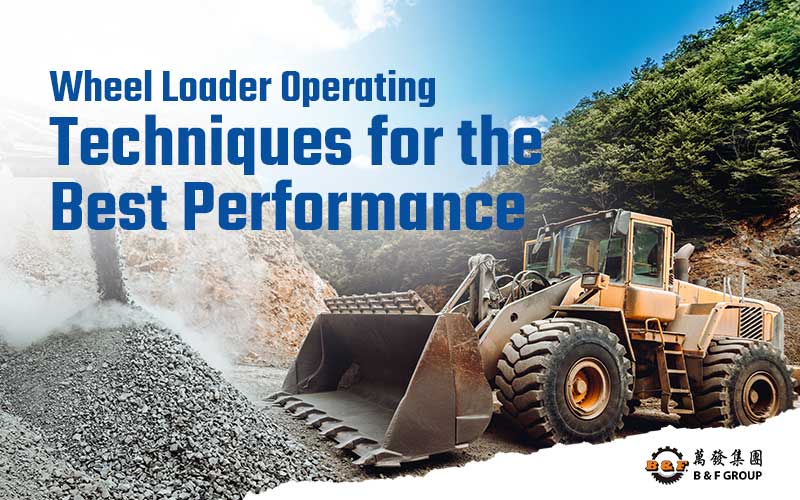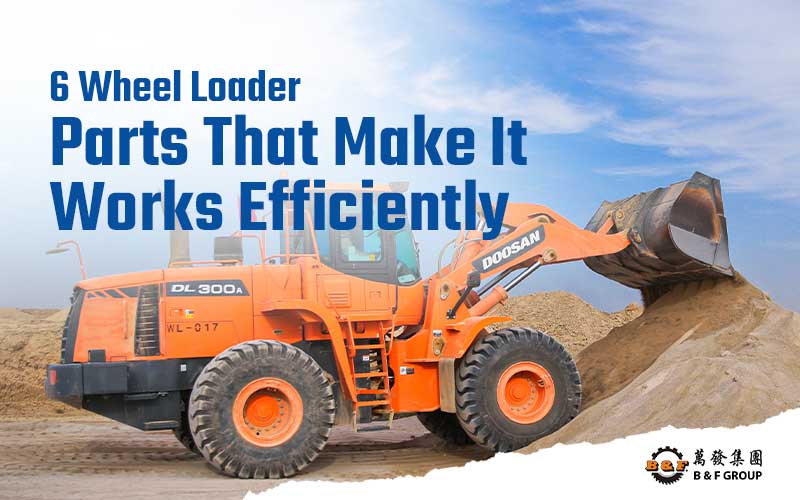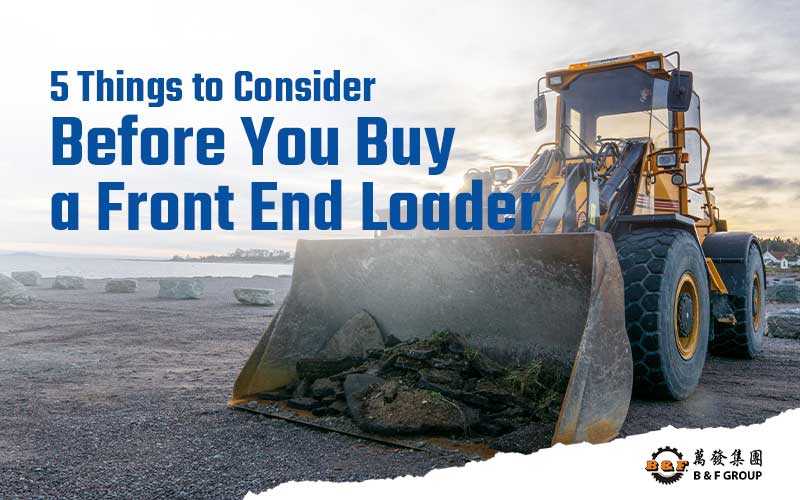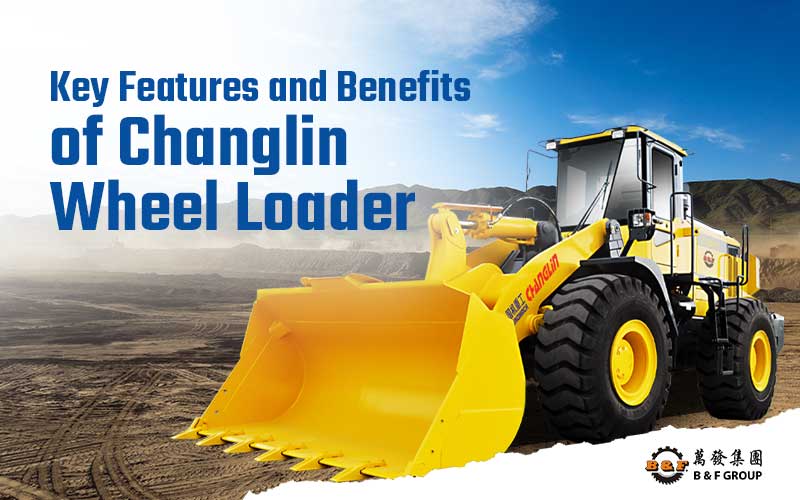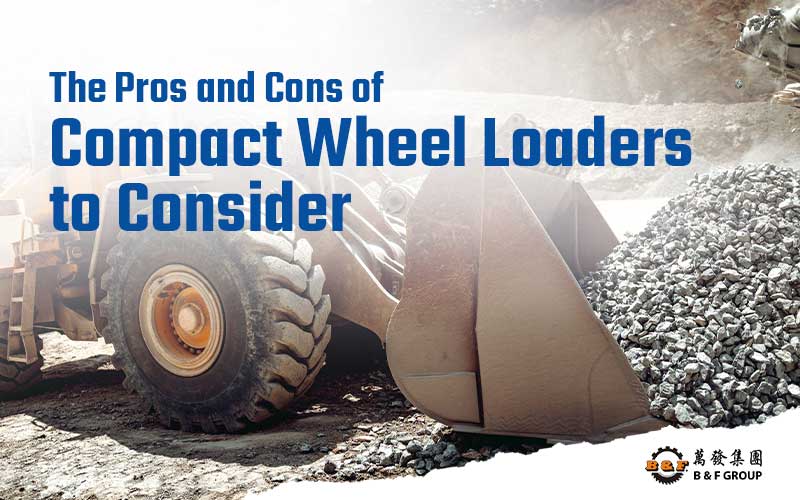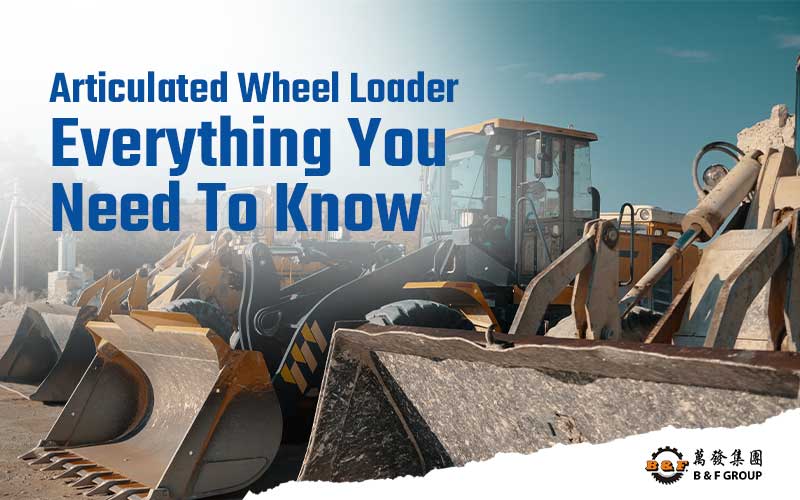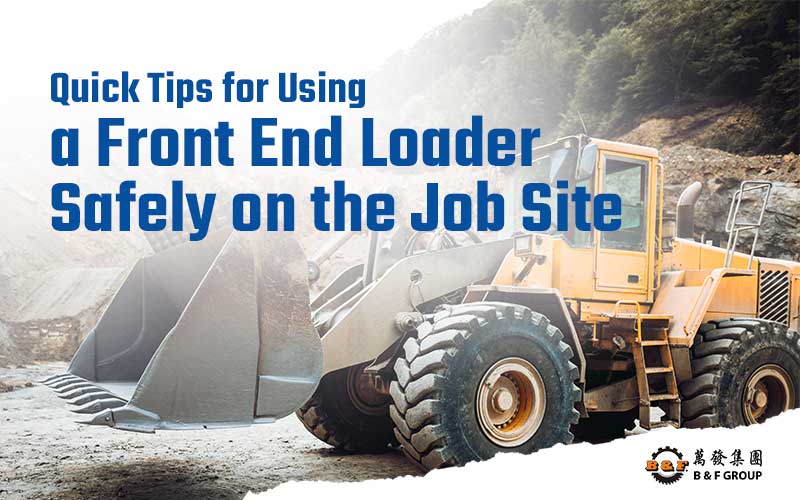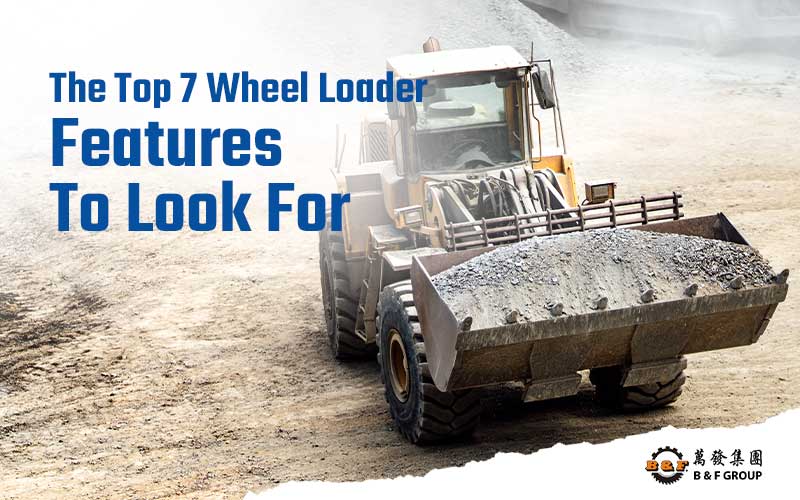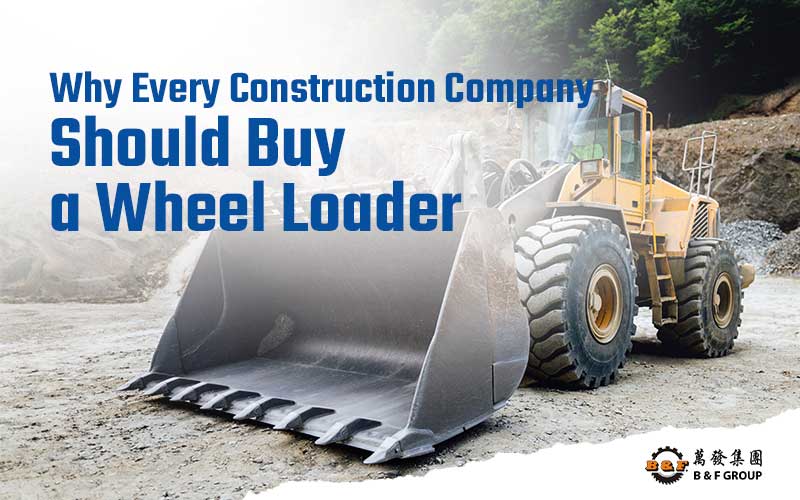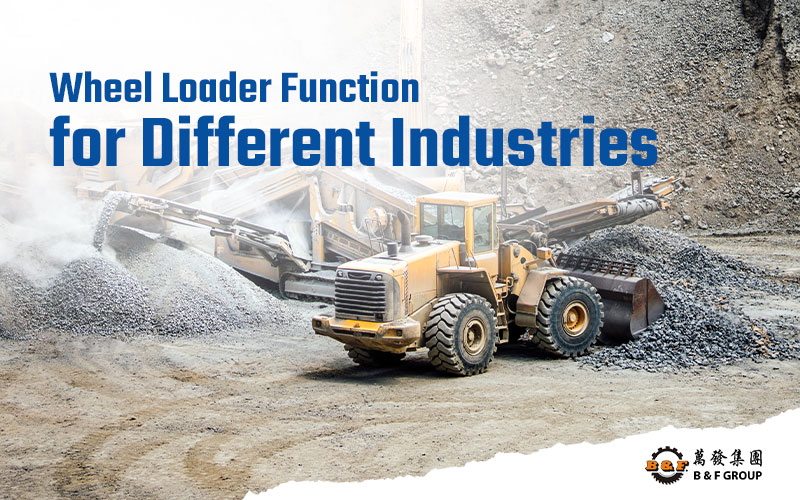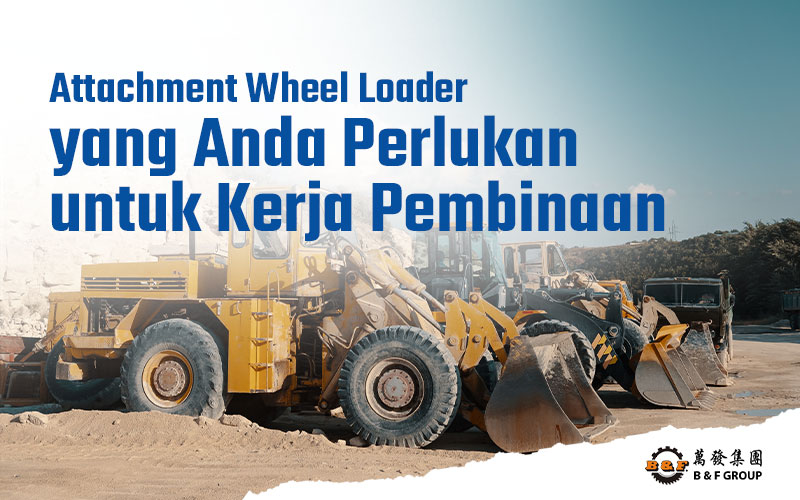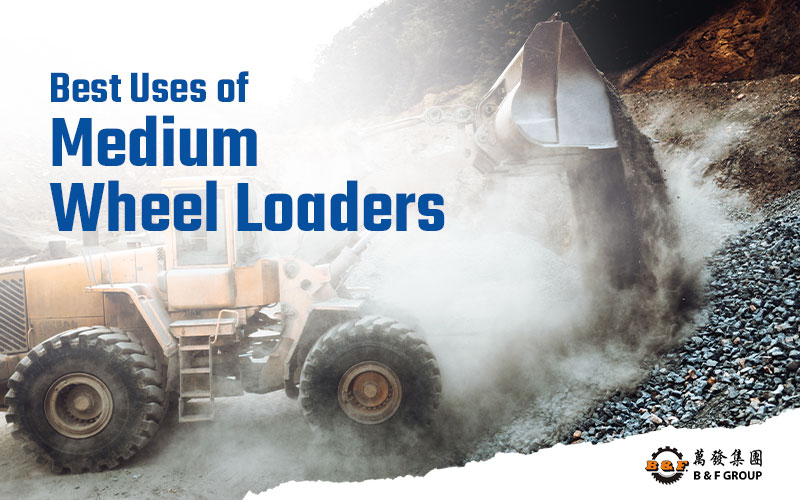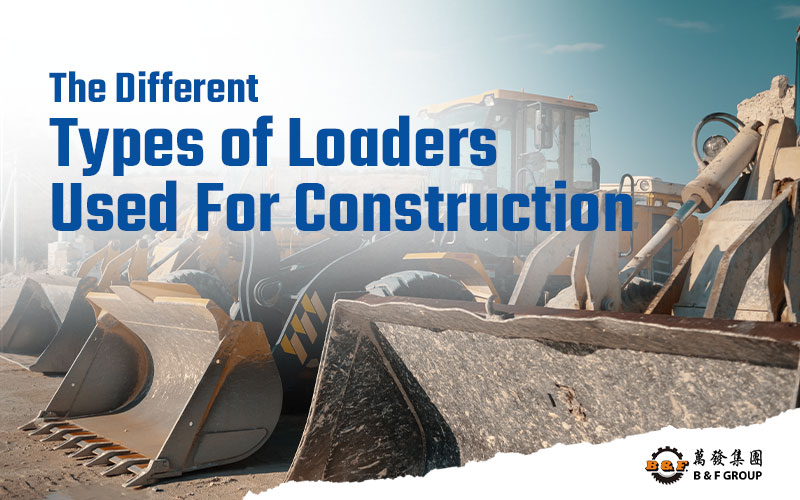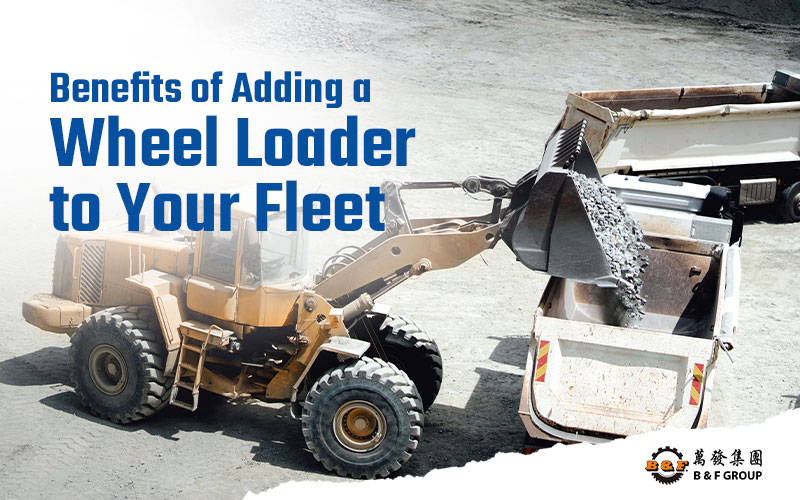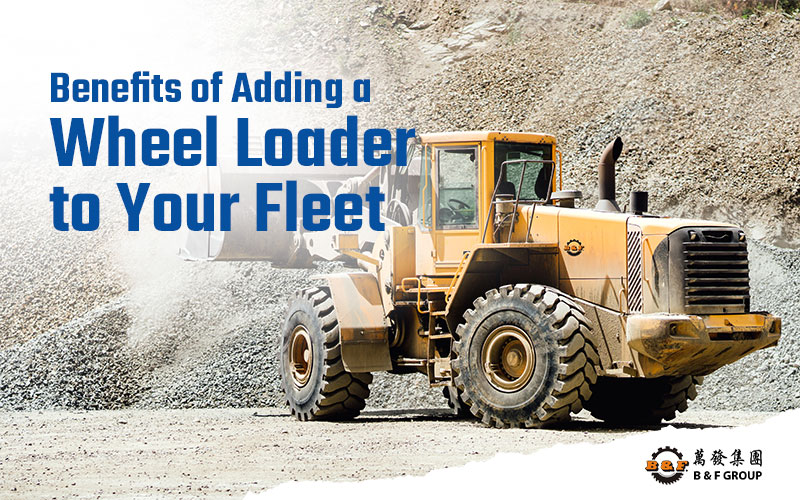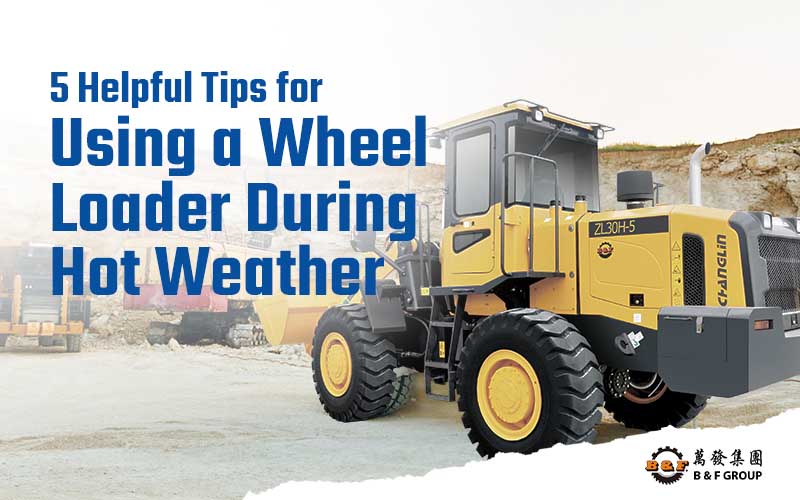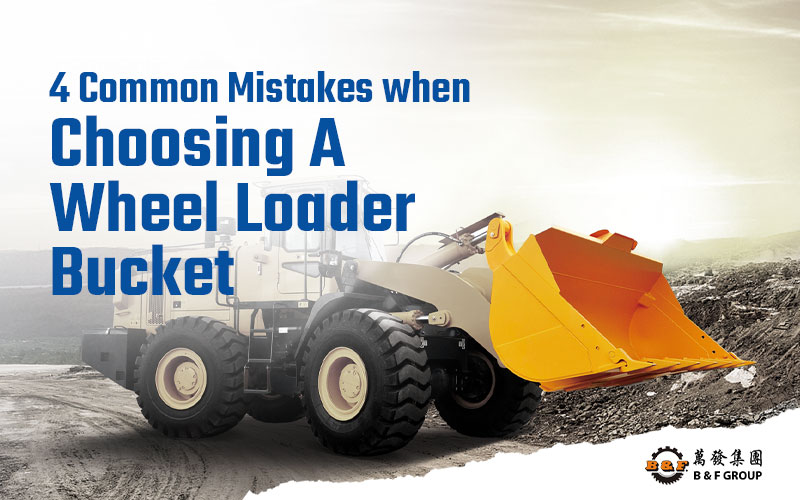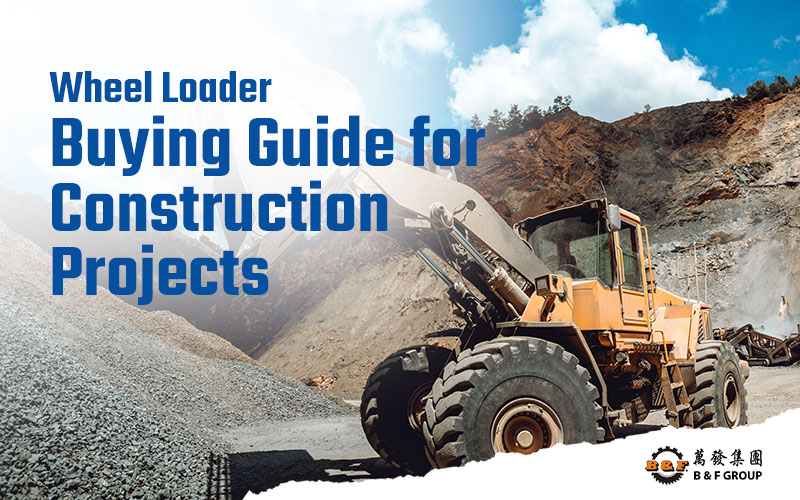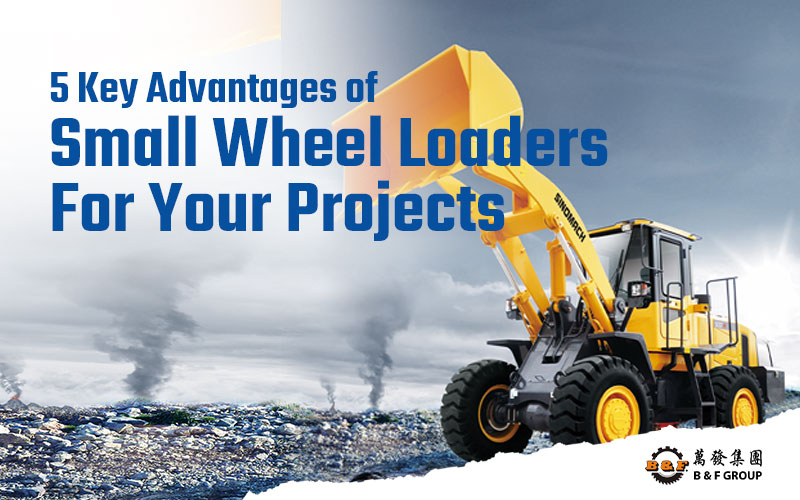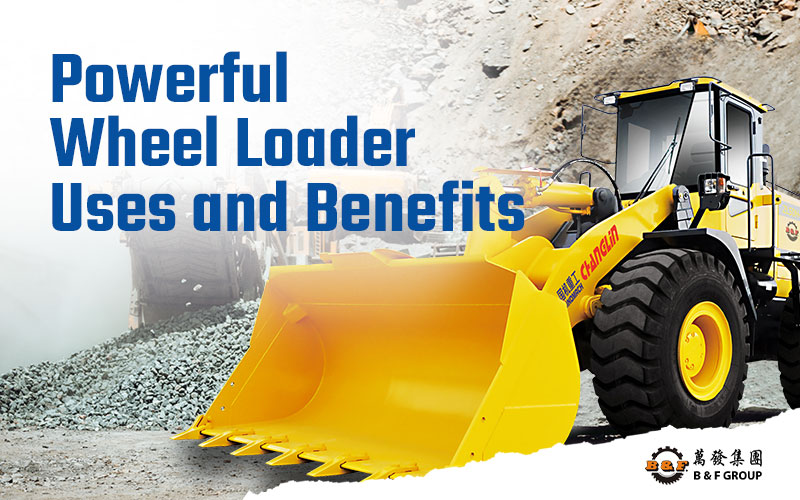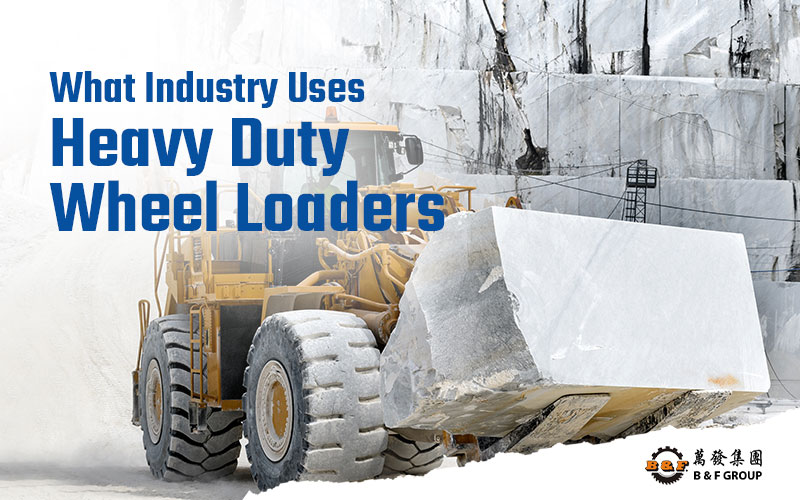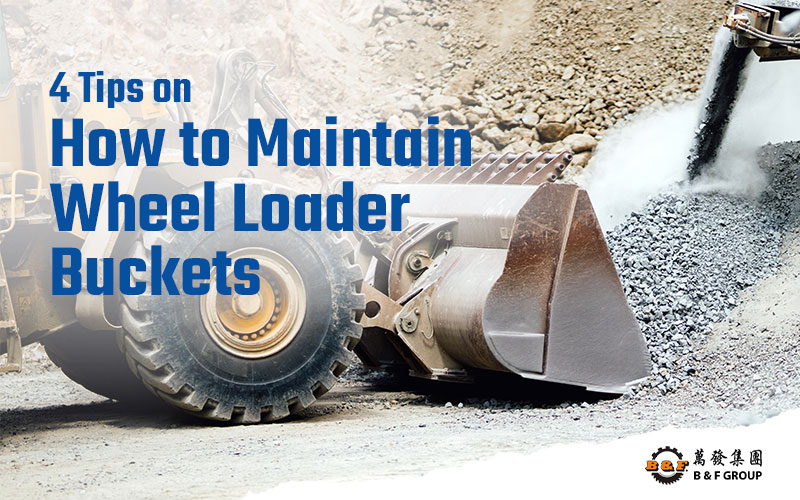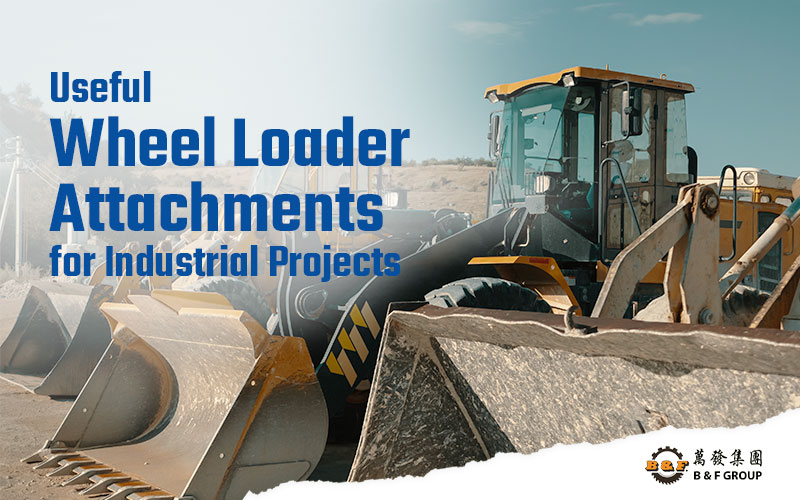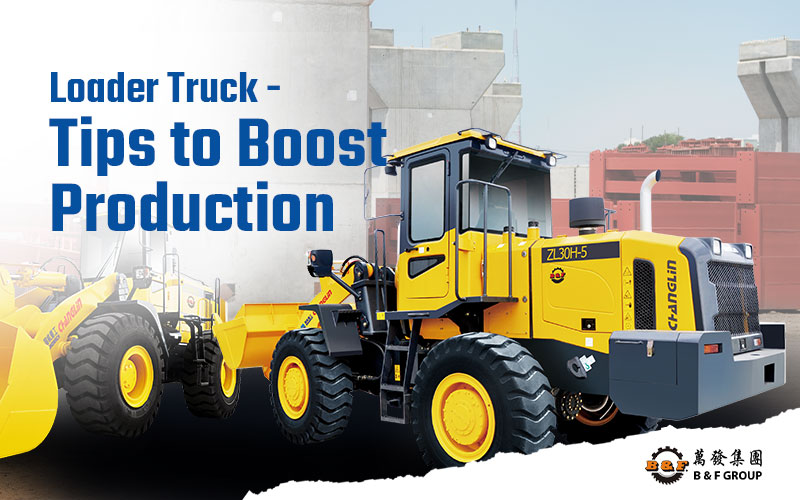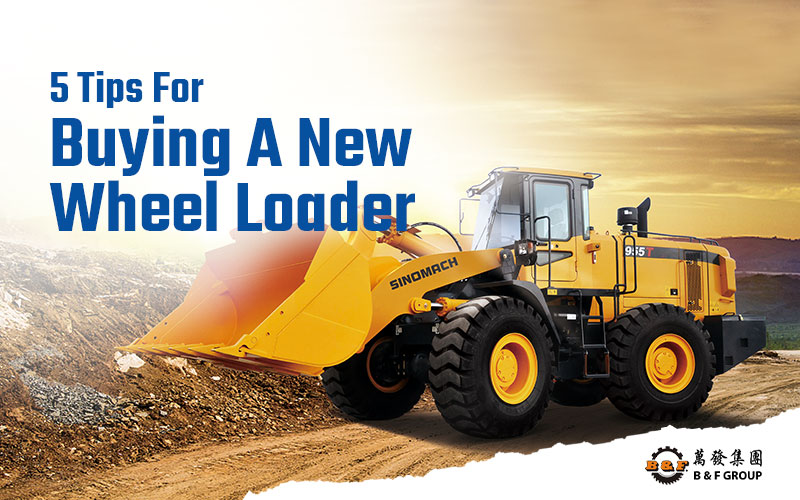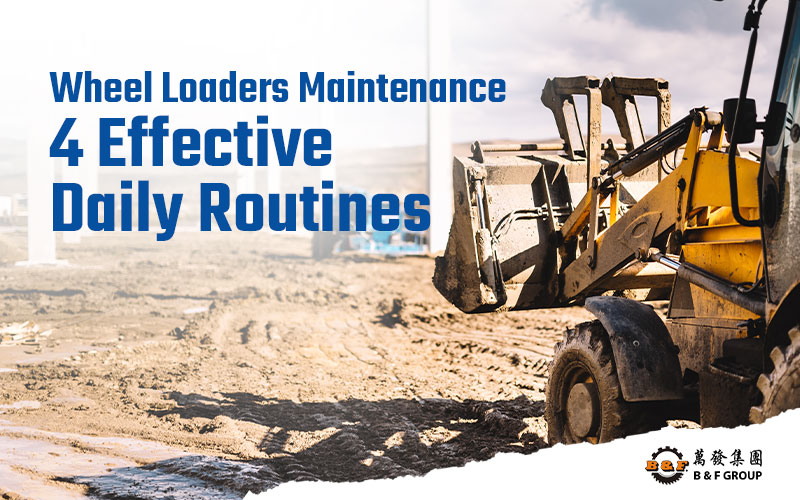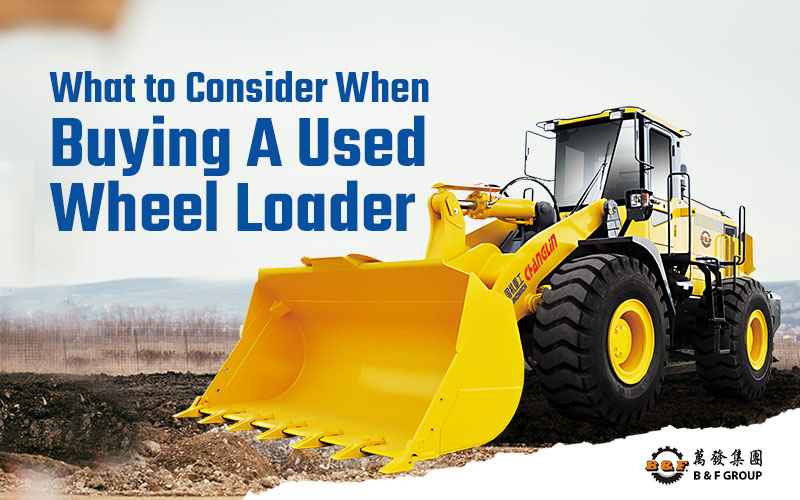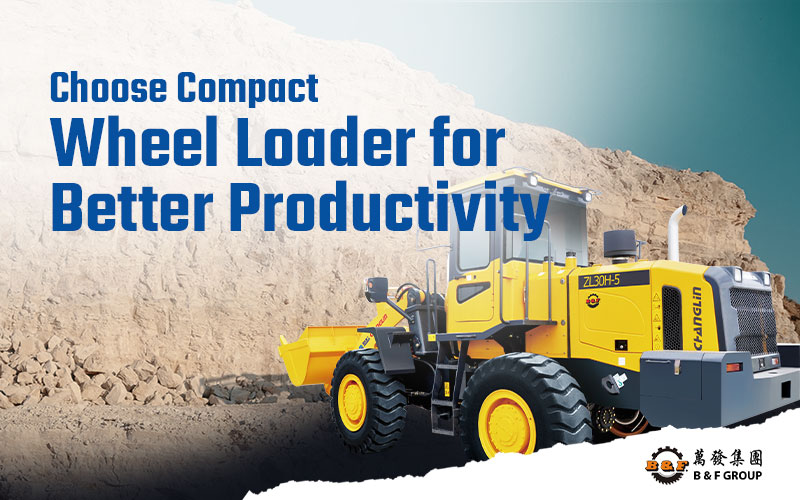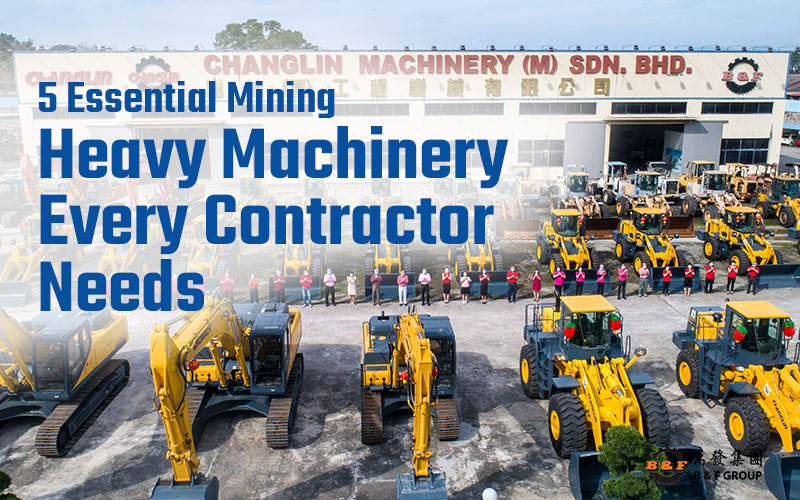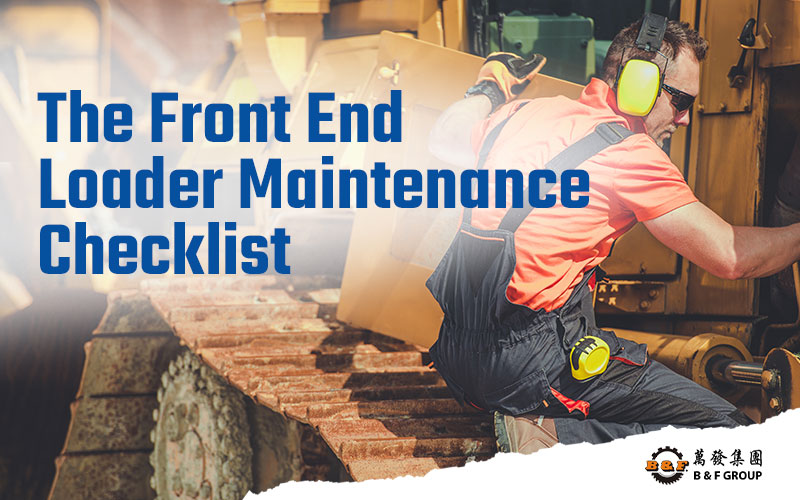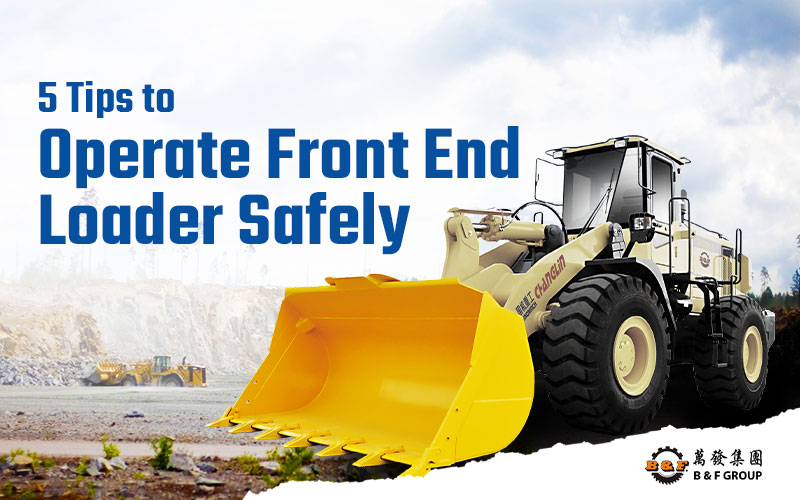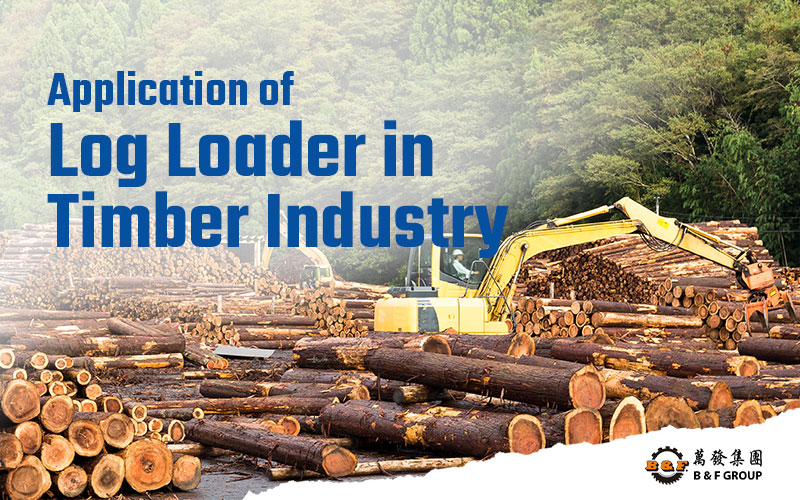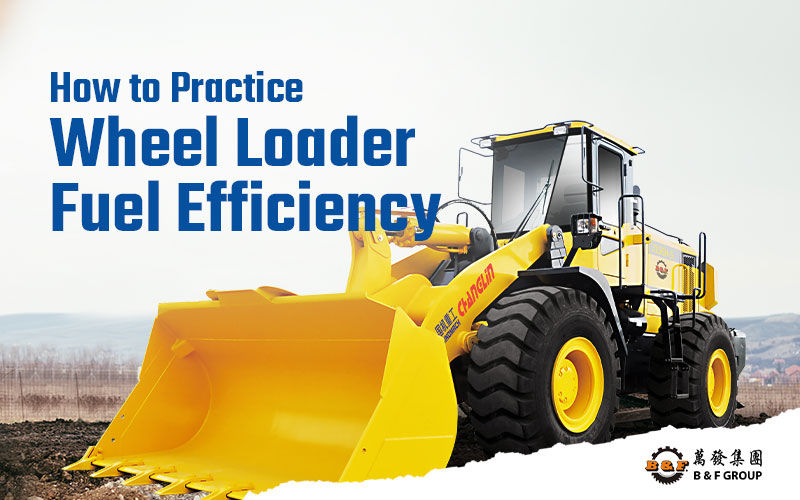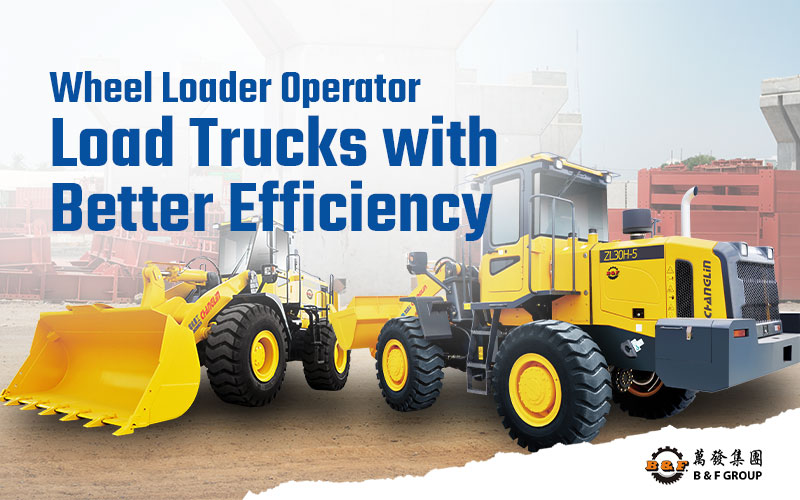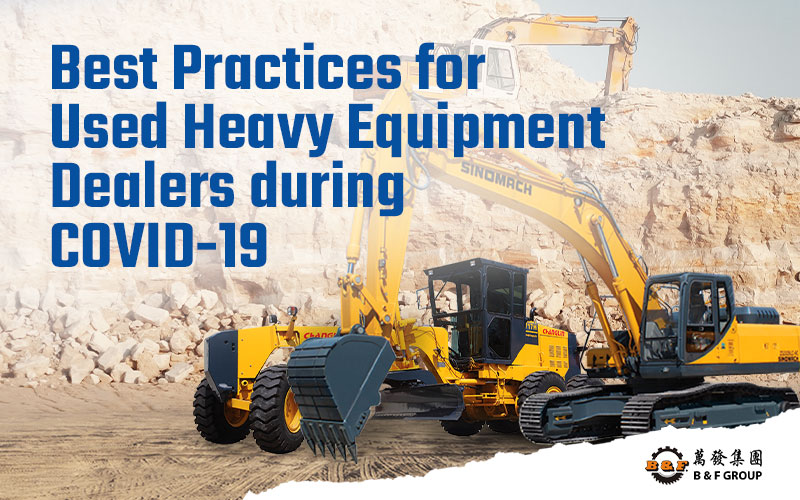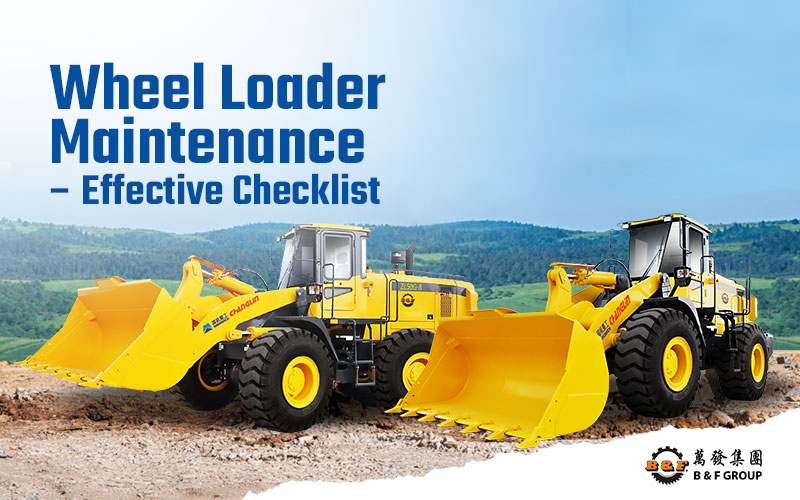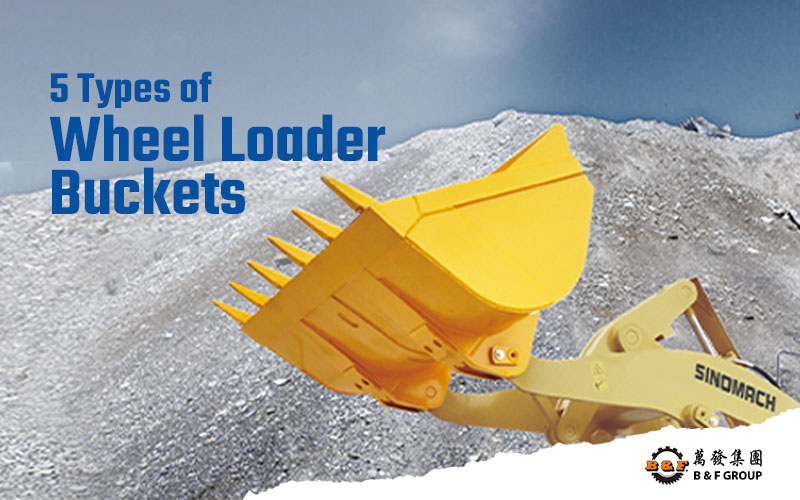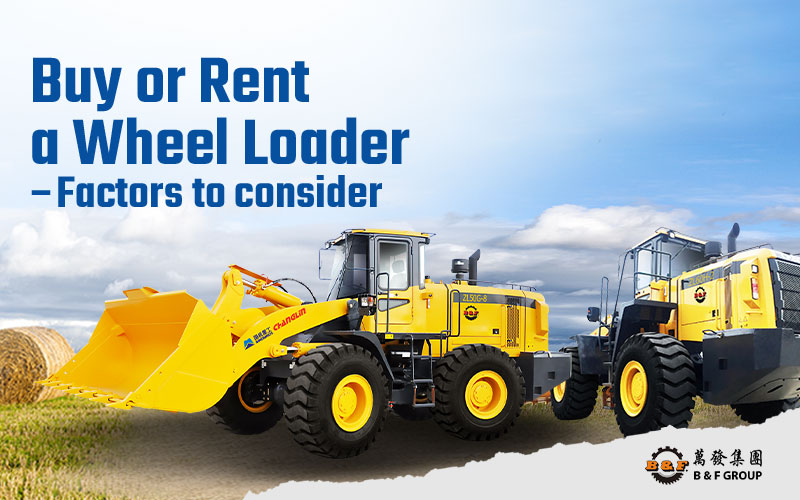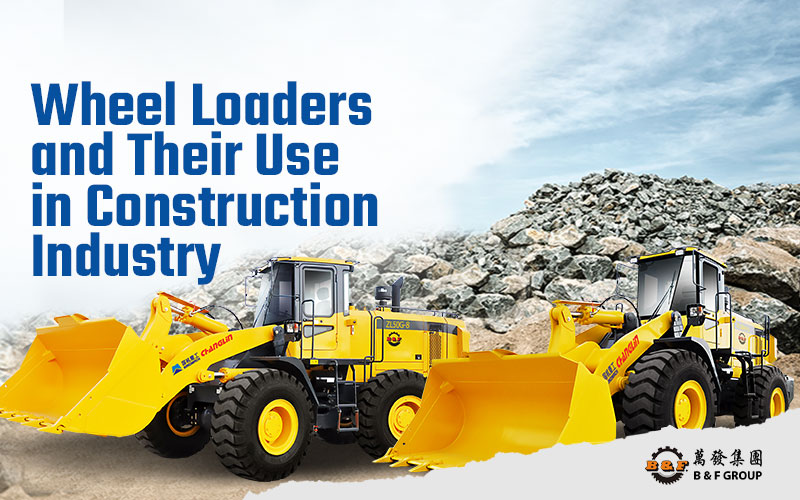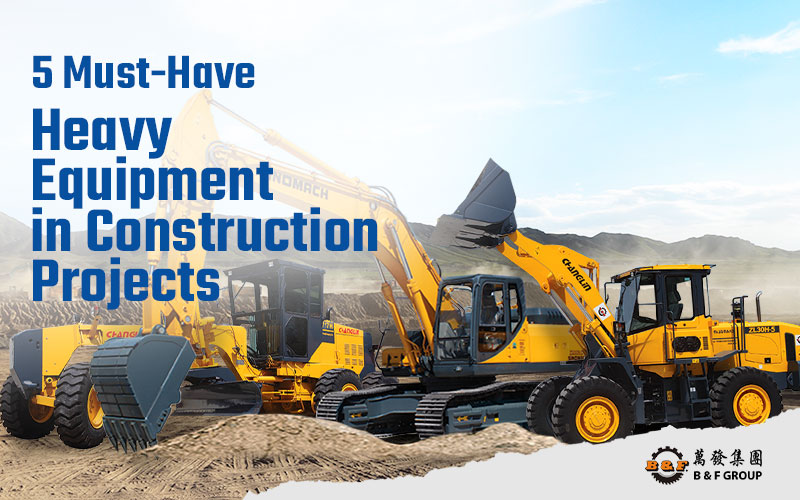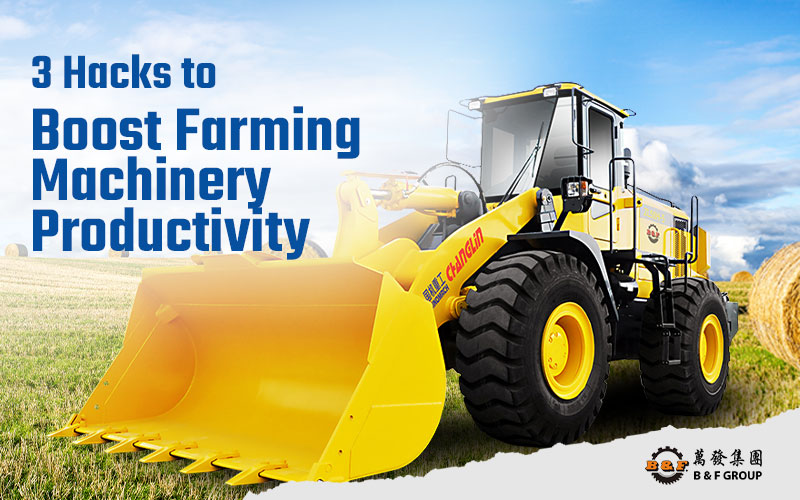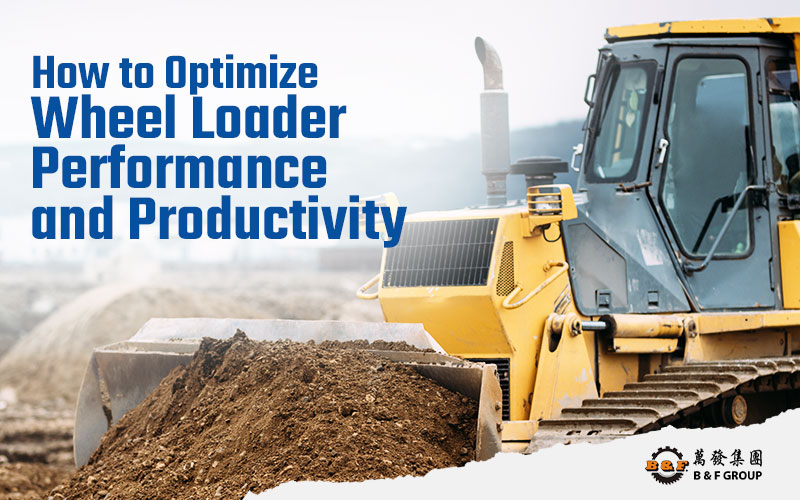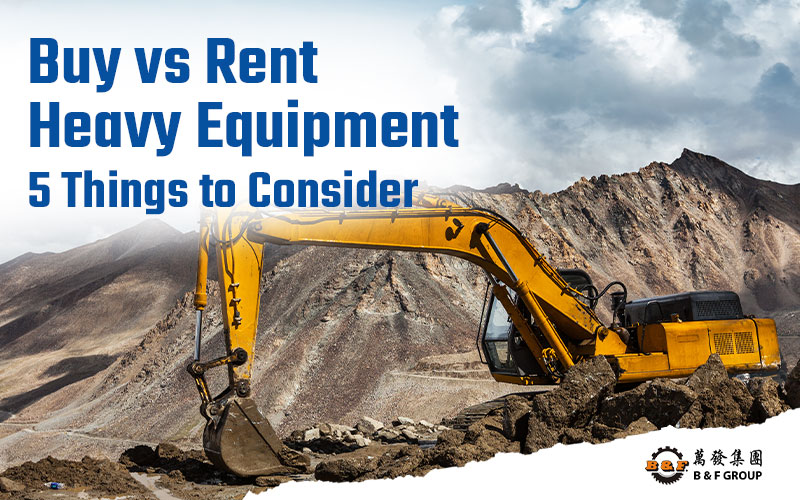
Operating a mini excavator safely is key. In fact, it boosts productivity and helps avoid accidents on the job site.
Mini excavators are great for utility, landscaping, and construction tasks. They’re perfect for working in tight spaces. They are small, versatile, and powerful but must be operated with care.
If you’re looking to rent or buy a mini excavator, then it’s crucial to stick to safety and efficiency best practices.
Here’s a comprehensive guide to help you in operating a mini excavator safely.
1. Conduct a Pre-Operational Inspection
First of all, before operating a mini excavator, do a full check to ensure it is in good condition. Important areas to check include:
Fluid Levels
Check the engine oil, coolant, hydraulic fluid, and fuel levels.
Tracks or Wheels
Check for damage, excessive wear, or debris that could hinder movement.
Hydraulic System
Check hoses and connections for leaks or damage.

Attachments
Ensure that you connect the bucket and other attachments in a secure manner.
Lights and Alarms
Test the safety alarms, warning lights, and backup signals.
A proper inspection helps to avoid unexpected breakdowns and improves operational safety.
2. Wear Proper Personal Protective Equipment (PPE)
Next, safety begins with the operator. Always wear the required PPE when operating a mini excavator.
- Wear a hard hat to guard against falling debris.
- Wear a high-visibility vest and safety gloves for increased visibility and protection on-site.
- Steel-toed boots can prevent foot injuries.
- Use hearing protection when working in a noisy setting.
3. Understand the Controls and Functions
Before using the mini excavator, get to know all the controls. This includes the joystick, pedals, throttle, and safety switches.
If you’re a new operator, it’s best to practice in a safe, open area before using the excavator on a job site.
Thus, knowing how to use the controls is key, whether you rent or buy a mini excavator.
4. Ensure Proper Machine Positioning
Correct positioning enhances stability and efficiency when operating a mini excavator. Consider the following factors:
Stable Ground
Always operate on level ground if possible. If working on a slope, proceed with caution and maintain the boom and bucket in a low position.

Clear Work Area
Remove any obstacles and hazards, such as rocks, cables, and loose materials.
Track Positioning
When digging, keep the tracks parallel to the excavation area for optimum balance.
5. Maintain a Safe Operating Speed
When operating a mini excavator, precision is more important than speed.
Avoid rapid movements, particularly in confined spaces or close to other employees.
Slow and steady movements keep you stable. They help stop sudden shifts that could lead to tipping.
6. Be Cautious When Digging
A mini excavator is perfect for digging. But if you don’t use the right techniques, it can become unstable or get damaged.
Follow these tips when digging with a mini excavator.
- Use controlled, smooth motions to avoid jerky movements.
- Position the boom and arm properly to reduce strain.
- Avoid overloading the bucket to prevent tipping or hydraulic strain.
Always check for underground utilities like gas lines, pipes, or cables before digging.
7. Be Mindful of the Surroundings
Awareness of your surroundings is crucial for safety. Take these precautions.
- Ensure that no workers or pedestrians are in the swing radius.
- Be aware of power lines, tree branches, and structures.
- A ground crew can provide guidance in tight or obstructed spaces.
8. Follow Safe Parking Procedures
To avoid accidents or damage, park the mini excavator in a secure location at the end of each work session. Proper shutdown procedures include the following:
- Lower the boom and bucket to the ground.
- Setting the parking brake.
- Setting the controls to neutral.
- Turn off the engine and remove the key.
- Parking on level ground whenever possible.
- If parking on a slope, use chocks to prevent movement.
9. Practice Proper Maintenance
Routine maintenance keeps the mini excavator in top operational condition. As such, main maintenance tasks include:
- Change the engine oil and hydraulic fluid regularly.
- Clean air filters to prevent clogging, and lubricate moving parts to reduce wear.
- Inspecting tracks or tyres for damage.
- Checking the battery and electrical components.
Stick to the manufacturer’s maintenance schedule will make the machine last longer and cut down on unexpected issues.
10. Train and Educate Operators
Even experienced operators can benefit from regular safety training. In fact, ongoing training programs keep operators updated on best practices, machine changes, and regulations.
Hence, employers should promote continuous learning and certification programs to enhance workplace safety.
Get High-Quality Mini Excavators from B&F Group
Are you in need of a quality mini excavator for construction? Or perhaps you’re looking to rent one? B&F Group offers a variety of construction equipment, including top-rated mini excavators in Malaysia. Discover our range and increase your worksite productivity!


